Introduction
Stir-fried cabbage, a staple in many cuisines, is a dish that marries simplicity with explosive flavor. Often overlooked in favor of more elaborate meals, this humble vegetable transforms into a culinary delight when cooked with precision and care. The key to achieving restaurant-quality stir-fried cabbage lies in understanding the nuances of heat control, ingredient selection, and timing. Whether you’re a novice cook or a seasoned home chef, this guide will equip you with the knowledge to create a dish that balances crisp texture, vibrant color, and umami-rich taste. Let’s dive into the world of stir-fried cabbage and unlock the secrets to making this dish a regular feature on your dining table.
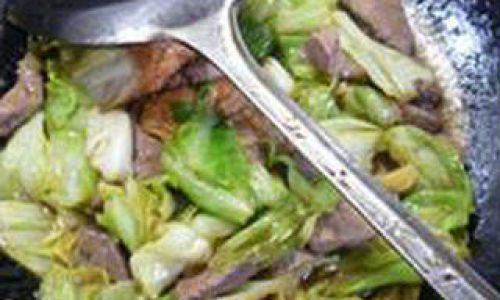
What Is Stir-Fried Cabbage?
Stir-fried cabbage, known in Chinese cuisine as chao niu xin cai (炒牛心菜), is a quick-cooked dish featuring cabbage as the star ingredient. The term “niu xin cai” refers to a specific variety of cabbage with crinkled, tender leaves and a mildly sweet flavor. Unlike boiled or steamed cabbage, stir-frying preserves the vegetable’s natural crunch while infusing it with aromatic seasonings like garlic, ginger, and soy sauce. This cooking method also caramelizes the cabbage’s edges, adding a subtle smokiness that elevates its humble profile.
The dish’s origins trace back to Chinese home kitchens, where it became a go-to recipe for its affordability, speed, and nutritional value. Today, it’s beloved globally for its versatility—it pairs equally well with steamed rice, noodles, or grilled meats.
Ingredients and Their Roles
The beauty of stir-fried cabbage lies in its minimalist ingredient list, which allows each component to shine. Here’s a breakdown of the key elements:
- Cabbage (Niu Xin Cai): Choose a fresh, compact head with crisp leaves. Avoid wilted or yellowing specimens, as they indicate age and bitterness.
- Garlic: Minced garlic forms the flavor backbone, adding pungency and depth.
- Ginger: Fresh ginger introduces a warm, peppery note that balances the cabbage’s sweetness.
- Dried Chilies (Optional): For a hint of heat, whole dried chilies can be added during cooking.
- Oil: Use a neutral oil with a high smoke point, such as peanut or vegetable oil, to withstand high heat.
- Soy Sauce: Light soy sauce enhances the dish’s savory profile without overpowering it.
- Oyster Sauce (or Vegan Alternative): This thick, briny sauce adds richness and glossiness.
- Sugar: A pinch balances the soy sauce’s saltiness and highlights the cabbage’s natural sweetness.
- Sesame Oil: Drizzled at the end, it imparts a nutty aroma.
- Salt and White Pepper: For final seasoning adjustments.
Step-by-Step Cooking Guide
Preparing the Cabbage
- Washing: Rinse the cabbage under cold water to remove dirt. Pat dry thoroughly—excess moisture will steam the cabbage instead of stir-frying it.
- Cutting: Halve the cabbage and remove the core. Slice into 1-inch strips, ensuring uniformity for even cooking.
Mise en Place
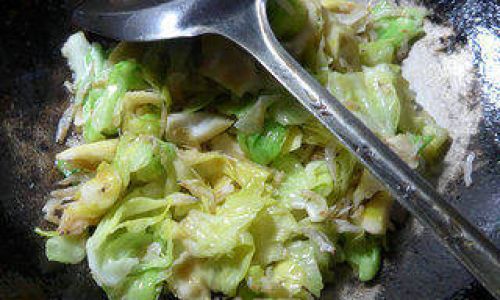
- Mince 4 garlic cloves and 1 tablespoon of ginger.
- If using dried chilies, snip them into 1-inch pieces (remove seeds for mild heat).
- Measure 2 tablespoons of soy sauce, 1 tablespoon of oyster sauce, and ½ teaspoon of sugar into a small bowl.
Preheating the Wok
- Heat a wok or large skillet over high heat until wisps of smoke rise. Add 2 tablespoons of oil and swirl to coat.
Aromatics Base
- Add garlic, ginger, and chilies (if using) to the hot oil. Stir-fry for 10–15 seconds until fragrant but not browned.
Stir-Frying the Cabbage
- Toss the cabbage into the wok. Use a spatula to toss and stir continuously for 2–3 minutes. The cabbage should wilt slightly but retain its vibrant green hue.
Seasoning
- Pour the soy sauce mixture over the cabbage. Toss to coat evenly. Cook for another 1–2 minutes until the sauce reduces and clings to the leaves.
Finishing Touches
- Drizzle ½ teaspoon of sesame oil and sprinkle a pinch of white pepper. Taste and adjust seasoning with salt if needed.
Serving

- Transfer to a serving dish immediately to prevent overcooking. Garnish with toasted sesame seeds or sliced scallions for texture.
Expert Tips for Perfect Stir-Fried Cabbage
- High Heat Is Non-Negotiable: Stir-frying requires temperatures above 375°F (190°C) to sear vegetables quickly. Lower heat will result in soggy cabbage.
- Don’t Overcrowd the Pan: Cook in batches if necessary. Overcrowding lowers the wok’s temperature and steams the cabbage.
- Cut Uniformly: Uneven pieces cook unevenly, leading to some mushy strands and others crisp.
- Timing Is Everything: Overcooked cabbage loses its crunch and develops a sulfurous smell. Aim for tender-crisp texture.
- Adjust Seasoning at the End: Taste before serving—soy sauce brands vary in saltiness.
Health and Nutritional Benefits
Stir-fried cabbage is a nutritional powerhouse. A 1-cup serving provides:
- Vitamin C: 85% of the daily recommended intake, boosting immunity.
- Fiber: 3 grams, aiding digestion and promoting satiety.
- Vitamin K: Essential for blood clotting and bone health.
- Antioxidants: Glucosinolates in cabbage may reduce inflammation and lower cancer risk.
The dish is also low in calories (22 per cup) and carbohydrates, making it ideal for weight-conscious diets. Using minimal oil further enhances its health profile.
Serving Suggestions and Pairings
- With Rice: A classic combination that soaks up the savory sauce.
- Noodle Bowls: Toss with udon or rice noodles for a hearty meal.
- Grilled Proteins: Serve alongside salmon, chicken, or tofu for balance.
- Lettuce Wraps: Use cabbage leaves as cups for a low-carb appetizer.
Variations and Customizations
- Spicy Sichuan-Style: Add Sichuan peppercorns and doubanjiang (fermented chili bean paste) for a numbing heat.
- Vegetarian Delight: Incorporate sliced mushrooms, bell peppers, or carrots for added texture.
- Protein Boost: Toss in cooked shrimp, ground pork, or scrambled eggs during the final minute of cooking.
- Fermented Flavors: A splash of black vinegar or kimchi juice adds tanginess.
- Gluten-Free: Substitute soy sauce with tamari or coconut aminos.
Common Mistakes and How to Avoid Them
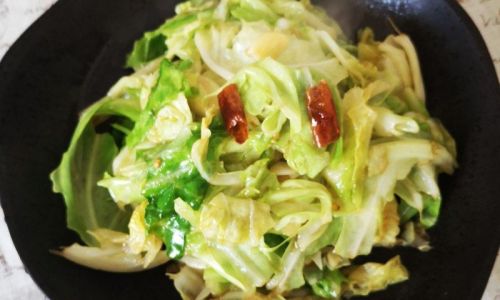
-
Soggy Cabbage:
- Cause: Overcrowding the pan or insufficient heat.
- Fix: Use a larger wok or cook in batches. Preheat the wok thoroughly.
-
Bland Flavor:
- Cause: Under-seasoning or skipping aromatics.
- Fix: Toast garlic and ginger until golden; taste and adjust seasoning at the end.
-
Burnt Garlic:
- Cause: High heat and prolonged cooking.
- Fix: Add garlic after the oil shimmers but before it smokes. Stir constantly.
-
Uneven Cooking:
- Cause: Inconsistent cabbage thickness.
- Fix: Slice leaves into uniform strips.
Frequently Asked Questions
Q: Can I use a regular skillet instead of a wok?
A: Yes, but a wok’s concave shape retains heat better. Use a stainless steel or cast-iron skillet as a substitute.
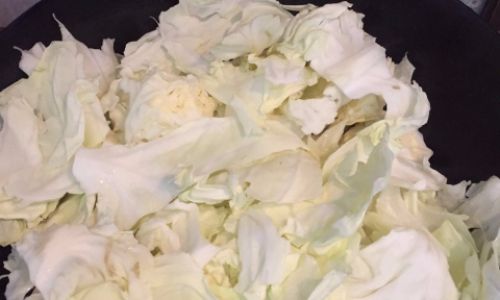
Q: How long does stir-fried cabbage last?
A: Store in an airtight container for up to 3 days. Reheat in a skillet over high heat to maintain crispness.
Q: My cabbage tastes bitter. What went wrong?
A: Old cabbage or overcooking can cause bitterness. Use fresh produce and cook until just tender.
Q: Can I make this dish ahead?
A: Partially. Prep the cabbage and sauce in advance, but stir-fry just before serving to preserve texture.
Q: Is there a low-sodium alternative?
A: Use reduced-sodium soy sauce and omit added salt. Enhance flavor with extra garlic and ginger.
Conclusion
Stir-fried cabbage is more than a side dish—it’s a testament to the magic of simplicity. By mastering the interplay of heat, timing, and seasoning, you can turn a humble vegetable into a restaurant-worthy masterpiece. Whether you prefer it spicy, savory, or subtly sweet, this dish adapts to your palate while delivering a nutritional punch. So grab your wok, sharpen your knife, and let the sizzle of garlic-infused oil guide you to stir-fry perfection. Your taste buds—and your health—will thank you.
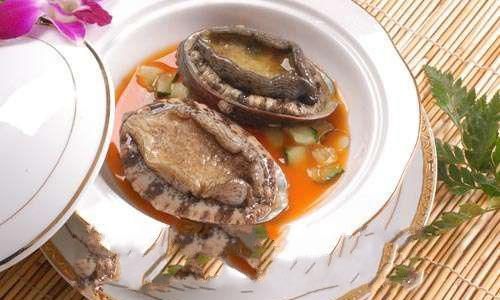
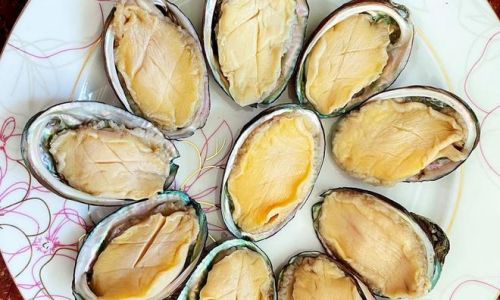
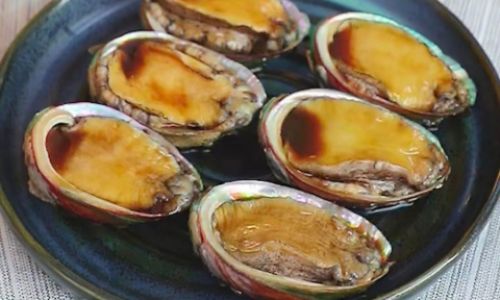
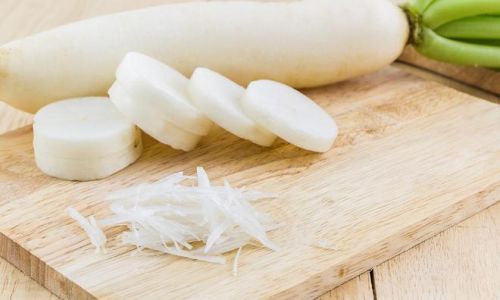

0 comments